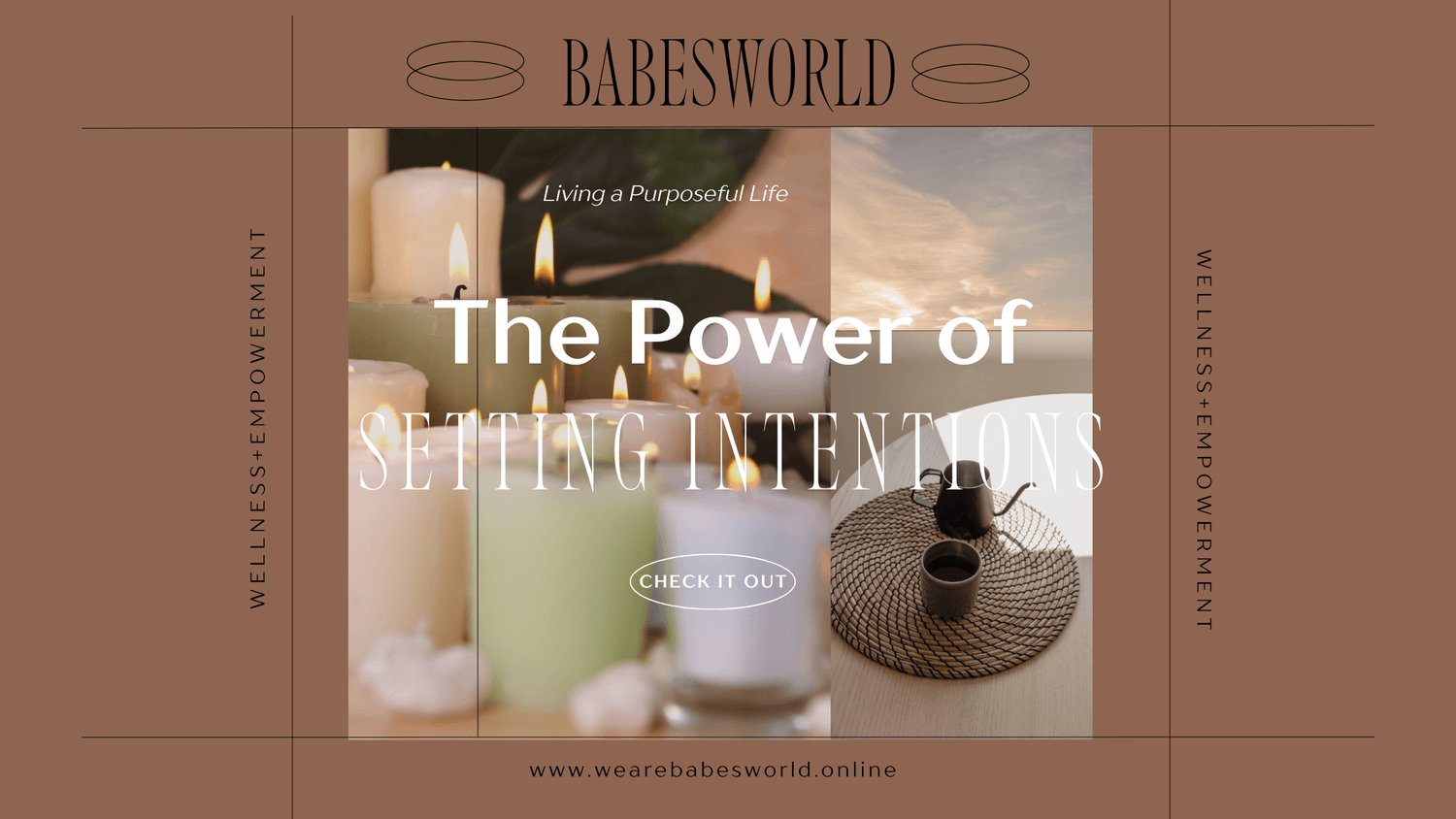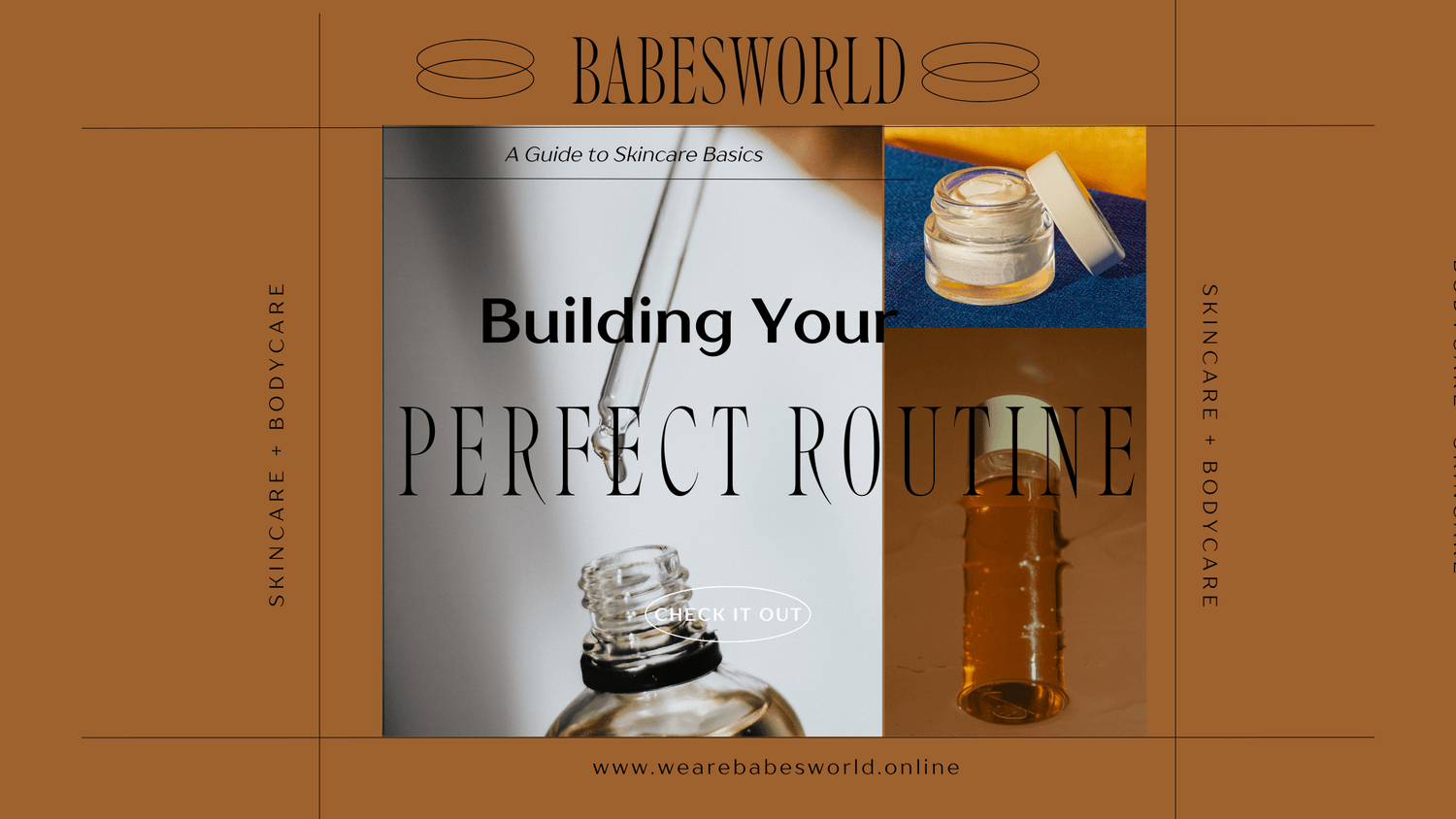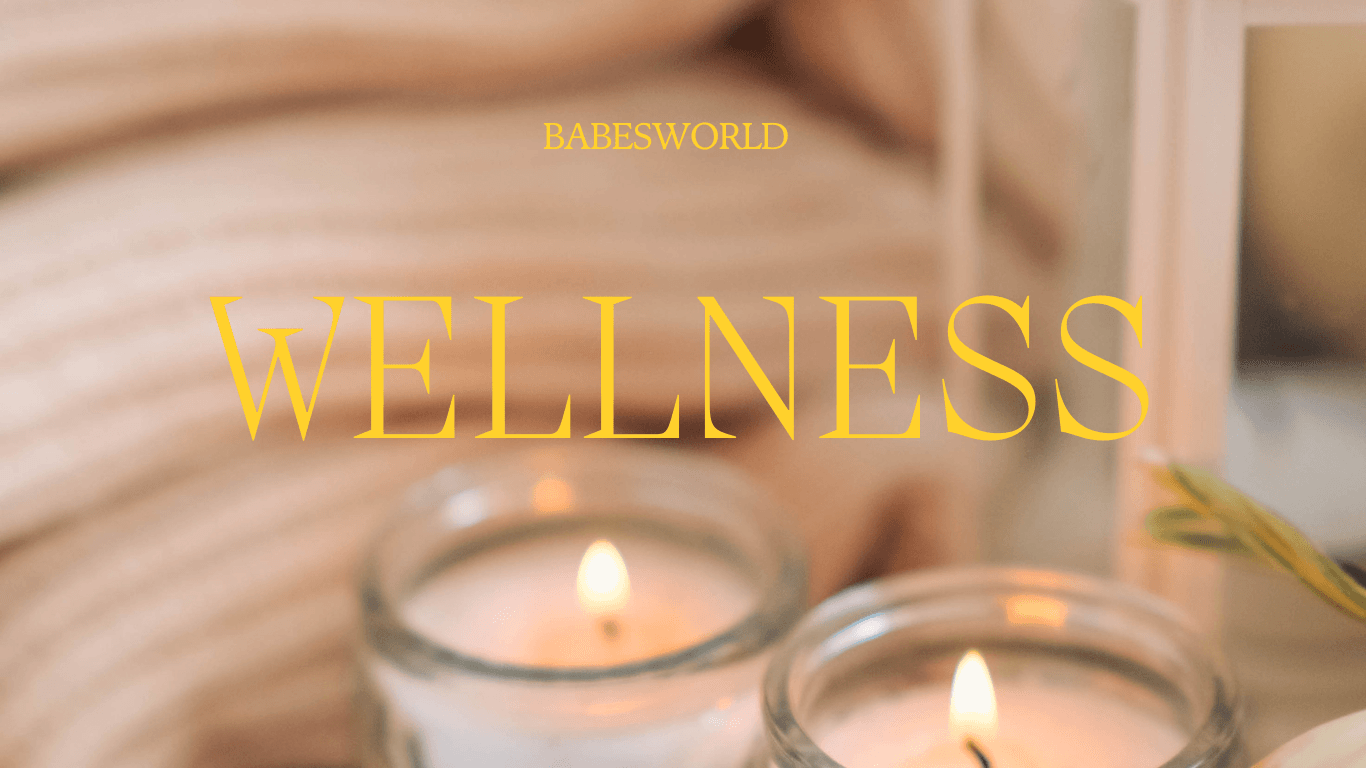When it comes to skincare, getting started can feel overwhelming—especially with so many products and techniques to choose from. But fear not! Whether you're new to skincare or looking to simplify your current routine, this guide will help you understand the basics and set you on the path to healthy, glowing skin.
We'll focus on one fundamental aspect of skincare at a time, breaking it down scientifically and explaining how to incorporate it into your daily routine. Let’s dive in!
Understanding Your Skin Type
The first step to any effective skincare routine is understanding your skin type. Knowing whether you have oily, dry, combination, or sensitive skin will help you choose the right products that cater to your skin's specific needs.
Why it matters:
Your skin type determines which products will work best for you. For example, oily skin benefits from lightweight, oil-free products, while dry skin requires rich, hydrating ingredients. Combination skin needs targeted care for both oily and dry areas, and sensitive skin benefits from gentle, fragrance-free products.
How to determine your skin type
Oily skin tends to shine, especially in the T-zone (forehead, nose, chin).
Dry skin often feels tight, rough, or flaky.
Combination skin is a mix of oily and dry areas.
Sensitive skin reacts easily to products or environmental changes.
Once you know your skin type, you can start choosing products that work with your skin, not against it.
The Importance of Cleansing
Cleansing is the cornerstone of any skincare routine. It removes dirt, oil, and pollutants from your skin, ensuring a fresh canvas for the rest of your products to work their magic.
Why it’s essential
Cleansing helps prevent clogged pores, breakouts, and dull skin. It also allows serums and moisturizers to penetrate more effectively. However, it’s important to avoid harsh cleansers that can strip your skin of its natural oils.
How to cleanse properly
Cleanse twice a day: once in the morning to refresh your skin and once in the evening to remove the day’s grime.
Use lukewarm water and a gentle, non-foaming cleanser that matches your skin type.
Avoid scrubbing; gently massage the cleanser into your skin in circular motions.
Cleansing regularly will help maintain a balanced complexion and improve your skin's overall health.
The Power of Exfoliation
Exfoliation is key to achieving smoother, brighter skin. It removes dead skin cells, allowing new ones to surface and giving your skin a fresh, radiant glow.
The science behind it
As we age, our skin’s natural cell turnover slows down, leading to a buildup of dead skin cells on the surface. This can result in clogged pores, dullness, and uneven texture. Regular exfoliation speeds up this process, helping to reveal healthy skin underneath.
Types of exfoliants
Physical exfoliants contain small granules (like sugar or salt) that manually scrub away dead skin.
Chemical exfoliants use acids like AHAs (alpha-hydroxy acids) or BHAs (beta-hydroxy acids) to dissolve dead skin cells..
How often to exfoliate
2-3 times per week is generally ideal for most skin types, but be careful not to overdo it—too much exfoliation can lead to irritation.
Regular exfoliation can make your skin more receptive to other products, enhancing the effectiveness of your entire skincare routine.
Moisturizing for Skin Health
No matter your skin type, moisturizing is a must. It helps lock in hydration, strengthens your skin’s protective barrier, and keeps your complexion soft and supple.
Why it’s crucial
Moisturizers prevent water loss from your skin, which can lead to dryness and irritation. Even oily skin needs hydration to balance out oil production, while dry and sensitive skin benefit from rich, nourishing ingredients.
How to choose a moisturizer
For oily skin, opt for oil-free, lightweight moisturizers with a matte finish.
For dry skin, choose products with hydrating ingredients like hyaluronic acid, ceramides, or shea butter.
For sensitive skin, look for gentle, fragrance-free formulas with calming ingredients like aloe vera or colloidal oatmeal.
Apply your moisturizer while your skin is still slightly damp after cleansing or using a serum to lock in extra moisture.
Sunscreen – Your Skincare Superhero
Sunscreen is one of the most important steps in your skincare routine. It protects your skin from harmful UV rays, which are the leading cause of premature aging, dark spots, and skin cancer.
The science of sunscreen
UV radiation from the sun damages the DNA in skin cells, causing everything from sunburns to long-term issues like wrinkles, hyperpigmentation, and even melanoma. Daily sunscreen use helps prevent these harmful effects and keeps your skin looking youthful and healthy.
How to use it
Choose a broad-spectrum sunscreen with SPF 30 or higher.
Apply it every day, even when it’s cloudy or you’re indoors, as UV rays can penetrate windows.
Don’t forget areas like your neck, hands, and ears.
Make sunscreen your everyday habit for long-term skin health.
The Role of Serums in Your Routine
Serums are like concentrated boosters for your skin, delivering potent active ingredients to target specific concerns such as acne, dark spots, or fine lines.
Why they’re powerful
Unlike moisturizers, which are designed to hydrate and protect, serums penetrate deeply into the skin to address particular issues. They often contain higher concentrations of active ingredients like vitamin C (for brightening), retinol (for anti-aging), or niacinamide (for calming inflammation).
How to use serums
Apply after cleansing and before moisturizing.
Use a serum tailored to your skin’s current needs (e.g., brightening, anti-aging, hydrating).
A little goes a long way—just a few drops are enough for your whole face.
Incorporating a serum into your routine can make a visible difference in your skin’s texture and tone.
Layering Products Correctly
How you layer your products is just as important as the products themselves. Proper layering ensures that your skin gets the full benefit of each product.
Why it’s essential
Products need to be applied in the correct order to be fully absorbed. For example, lightweight products like serums should go on first, while thicker products like moisturizers go last to seal everything in.
Our reccomended order of application
Cleanser – To cleanse the skin and prep it for other products.
Toner (optional) – To hydrate and balance the skin’s pH.
Serum – To target specific skin concerns.
Moisturizer – To lock in hydration and protect the skin barrier.
Sunscreen (in the morning) – To protect your skin from UV damage.
Mastering the art of layering your products can take your routine to the next level, helping you achieve optimal results from every step.
Conclusion: Build a Routine That Works for You
The key to any successful skincare routine is consistency. By understanding your skin type, choosing the right products, and following these essential steps, you’ll be well on your way to glowing, healthy skin. Remember, skincare is a journey—be patient, listen to your skin, and enjoy the process!
Categories
Newsletter
Babes only deserve the best- join our quarterly newsletter to get the latest Babe Buzz. Rest assured, your inbox is safe with us—no spam, only valuable content to help you be the best Babe you can be ✨
Created with © systeme.io





